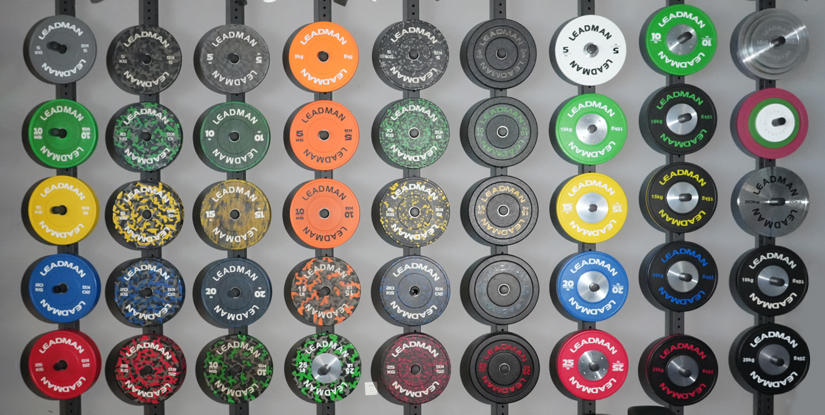Cable Lat Pull: Technique, Benefits & Programming for Back Development

Overview of the Cable Lat Pull
The cable lat pull is a controlled, machine-assisted pulling exercise designed to target the latissimus dorsi and associated musculature in the upper back. Performed on a cable station with adjustable weight and grip options, it offers consistent resistance through the range of motion and improved tempo control compared with free-weight alternatives. The cable lat pull is an essential movement for developing back width, shoulder stability, and improved posture.
Muscles Worked
- Primary: Latissimus dorsi (lats)
- Secondary: Teres major, rhomboids, posterior deltoids, biceps brachii
- Stabilizers: Rotator cuff muscles, trapezius, core muscles
Why Choose the Cable Lat Pull
Compared with free-weight pulling movements, the cable lat pull provides continuous tension, easy load adjustments, and safer mechanics for trainees with limited shoulder mobility. It's ideal for isolating the lats while minimizing momentum, and for targeted variations like close-grip or neutral-grip pulls.
Proper Setup
- Equipment: High pulley cable station, appropriate handle or bar attachment, adjustable knee pad or bench to anchor the lower body.
- Body position: Sit or kneel depending on equipment. Keep chest lifted, shoulders down and back, and torso stable. Feet should be planted or braced under pads if available.
- Grip: Use a wide bar for emphasis on outer lats, a V-bar or close grip for lower lats and biceps involvement, or a neutral handle for shoulder-friendly mechanics.
Technique: Step-by-Step
- Start: Select an appropriate weight. Sit tall with arms fully extended to the high pulley and slight scapular retraction.
- Execution: Initiate the pull by driving the elbows down and back while maintaining a stable torso. Focus on pulling the elbows toward the hips rather than bringing the hands to the chest.
- Peak contraction: Pause briefly at the bottom of the movement to maximize lat engagement and scapular depression.
- Return: Control the eccentric phase by allowing the arms to extend slowly until near full range, maintaining tension without collapsing the shoulders.
Programming Guidelines
Repetition ranges and frequency should align with training goals:
- Strength: 4–6 reps, 3–5 sets, higher load, longer rest (2–3 minutes)
- Hypertrophy: 8–12 reps, 3–4 sets, moderate load, moderate rest (60–90 seconds)
- Endurance and conditioning: 12–20+ reps, 2–3 sets, lighter load
- Frequency: 1–3 times per week depending on overall program split and recovery
Variations and Progressions
- Wide-grip lat pull: Emphasizes upper and outer lats for greater width.
- Close-grip (V-bar) lat pull: Increases lower-lat and biceps involvement for thickness.
- Single-arm cable pull: Addresses unilateral imbalances and improves core anti-rotation.
- Standing cable lat pull: Adds core demand and allows different pulling angles.
- Tempo manipulation: Slow eccentrics or paused contractions to increase time under tension.
Common Mistakes to Avoid
- Using momentum: Leaning back excessively to swing the weight reduces lat activation and increases spinal stress.
- Over-reliance on arms: Focus on elbow drive and scapular movement rather than pulling with the hands.
- Rounded chest: Collapsing the thoracic spine limits lat recruitment; maintain a proud chest.
- Too heavy loads: Sacrifices form and increases injury risk; choose a weight that allows full control.
Safety Considerations
- Warm-up: Perform dynamic shoulder and thoracic mobility drills before heavy pulling work.
- Shoulder health: Reduce range or switch to neutral grips if experiencing impingement or discomfort.
- Progression: Increase load incrementally and prioritize technique over ego-driven weight selection.
- Rehabilitation-friendly: Use light, controlled cable pulls for reintroducing vertical pulling after shoulder rehab under professional guidance.
Sample Back Workout Including Cable Lat Pull
- Deadlift variation or heavy row: 3–4 sets of 4–6 reps (strength focus)
- Cable lat pull (wide-grip): 3 sets of 8–12 reps
- Bent-over rows or single-arm dumbbell row: 3 sets of 8–10 reps
- Face pulls or rear-delt fly: 3 sets of 12–15 reps
- Hammer curl or biceps isolation: 2–3 sets of 8–12 reps
Maintenance and Equipment Care
- Inspect cable housings and attachments regularly for wear or fray.
- Keep pulleys lubricated per manufacturer guidance to ensure smooth resistance.
- Replace worn grips or bars to maintain secure hand placement and hygienic use.
Conclusion
The cable lat pull is a versatile, safe, and effective exercise for building lat width, improving posture, and enhancing upper-body pulling strength. Proper setup, attention to technique, and appropriate progression will maximize benefits while minimizing injury risk. Integrate cable lat pulls into a balanced program for measurable back development and functional performance gains.
FAQs
Q1: Is the cable lat pull better than lat pulldown?
A1: Both are effective; cables offer constant tension and varied angles, while pulldowns on a fixed bar emphasize vertical pull mechanics.
Q2: How often should I perform cable lat pulls?
A2: 1–3 times per week depending on volume, intensity, and recovery capacity.
Q3: Can I build width with cable lat pulls?
A3: Yes—wide grips and full scapular depression emphasize outer lats for horizontal width.
Q4: What grip is best for beginners?
A4: Neutral or close grips are shoulder-friendly and easier to control for beginners.
Q5: Should I use momentum when pulling?
A5: No—minimize momentum to keep tension on the lats and protect the lower back.
Q6: Can the cable lat pull replace pull-ups?
A6: It can complement or substitute for pull-ups, especially for those not yet able to perform bodyweight reps.
Q7: How do I adjust weight for hypertrophy?
A7: Choose a weight that allows 8–12 controlled reps with good form and slight challenge in the final reps.
Q8: Any cues to improve technique?
A8: Think “elbows to hips” and maintain a proud chest to emphasize lat engagement.
Q9: Is unilateral cable pulling useful?
A9: Yes—single-arm variations correct imbalances and increase core stability demand.

